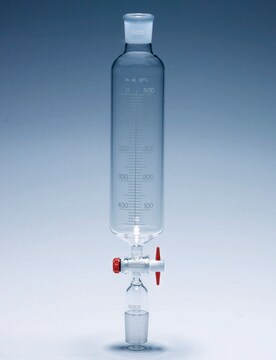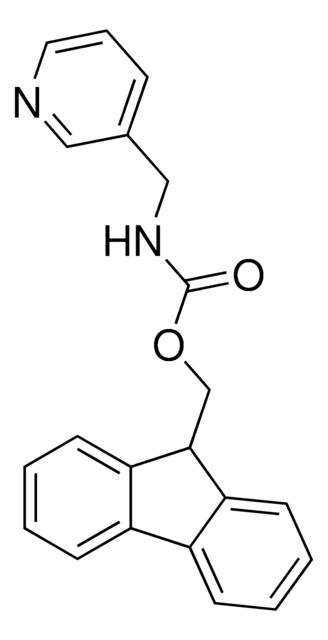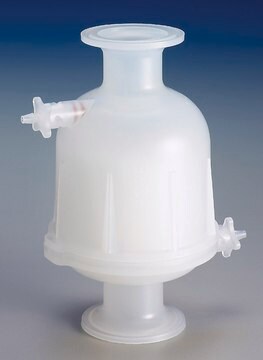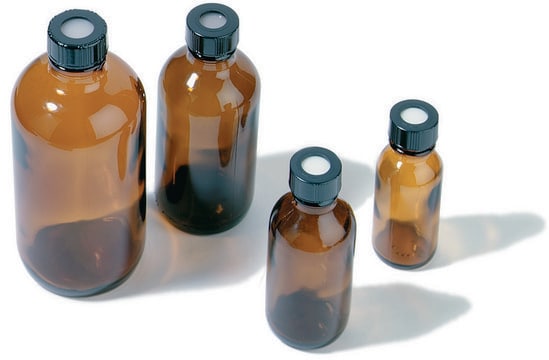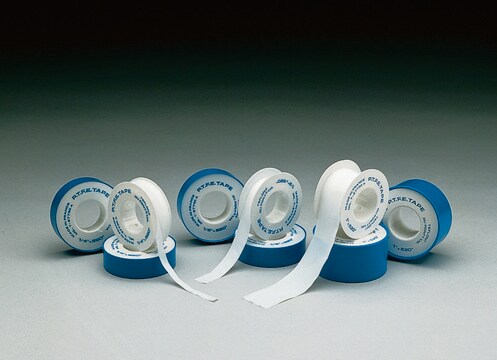Recommended Products
biological source
rabbit
Quality Level
antibody form
affinity isolated antibody
antibody product type
primary antibodies
clone
polyclonal
purified by
affinity chromatography
species reactivity
human
manufacturer/tradename
Chemicon®
technique(s)
immunoprecipitation (IP): suitable
western blot: suitable
NCBI accession no.
UniProt accession no.
shipped in
dry ice
target post-translational modification
unmodified
Gene Information
human ... FBXW7(55294)
General description
Cdc4 is one member of this family, which is also known as AGO, FBW7, FBX30 or SEL10. CDC4 binds directly to cyclin E and targets cyclin E for ubiquitin-mediated degradation. Cdc4 proteins of amino acid lengths varying from 553 aa to 707 aa in length have been reported. Cdc4 is an inhibitor of Notch signaling that targets Notch for ubiquitin-mediated degradation after a nuclear phosphorylation event.5,6 Cdc4 interacts with presenilin 1, facilitates its ubiquitination, and alters A-beta peptide production. Thus, it may be important for Alzheimer′s disease. Mutations of the CDC4 gene are detected in ovarian and breast cancer cell lines and the CDC4 gene may also be involved in the pathogenesis of human pancreatic and endometrial cancers.
Specificity
Immunogen
Application
Protein Trafficking
Ubiquitin & Ubiquitin Metabolism
Immunoprecipitation: 7 µg/reaction
Optimal working dilutions must be determined by end user.
Physical form
Storage and Stability
Other Notes
Legal Information
Disclaimer
Not finding the right product?
Try our Product Selector Tool.
Storage Class Code
12 - Non Combustible Liquids
WGK
WGK 2
Flash Point(F)
Not applicable
Flash Point(C)
Not applicable
Certificates of Analysis (COA)
Search for Certificates of Analysis (COA) by entering the products Lot/Batch Number. Lot and Batch Numbers can be found on a product’s label following the words ‘Lot’ or ‘Batch’.
Already Own This Product?
Find documentation for the products that you have recently purchased in the Document Library.
Our team of scientists has experience in all areas of research including Life Science, Material Science, Chemical Synthesis, Chromatography, Analytical and many others.
Contact Technical Service
